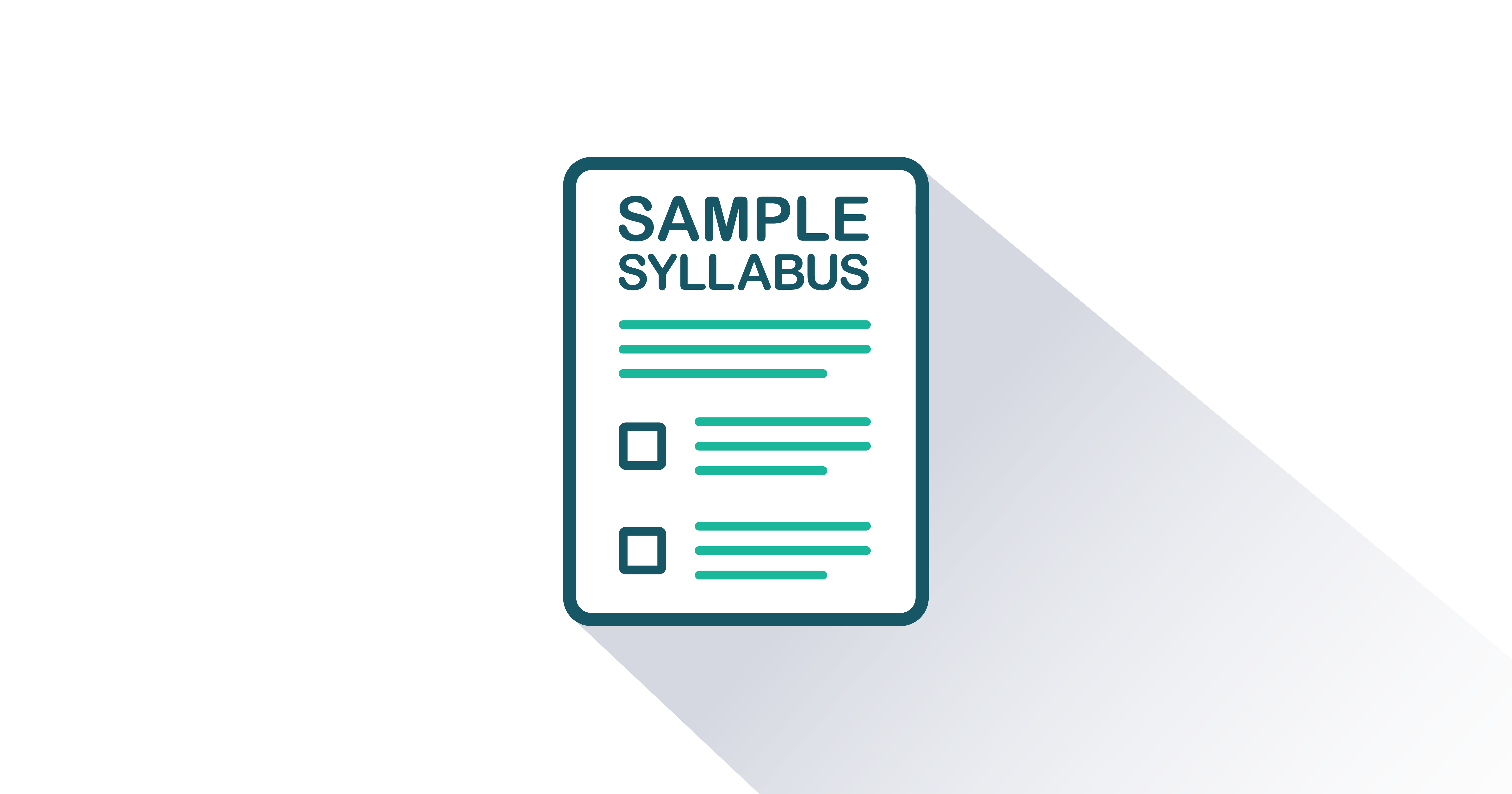Alan Grant Baker University
Alan Grant (PhD Kansas State University) is the Barbara and Charles A. Duboc University Professor at Baker University. Nationally recognized for teaching excellence, his research has been published in numerous professional journals and has been highlighted in The Wall Street Journal, Businessweek, The Economist, and The New York Times. Alan is the author or co-author of two FlatWorld titles: Economic Analysis of Social Issues and, with Libby Rittenberg and Timothy Tregarthen, Principles of Economics, including its two-volume version Principles of Macroeconomics and Principles of Microeconomics. Alan is also the co-author of the mass-market economics book, Seinfeld and Economics: Lessons on Everything from the Show about Nothing. He is currently writing a second mass-market economics book, Game Theory of Thrones.








